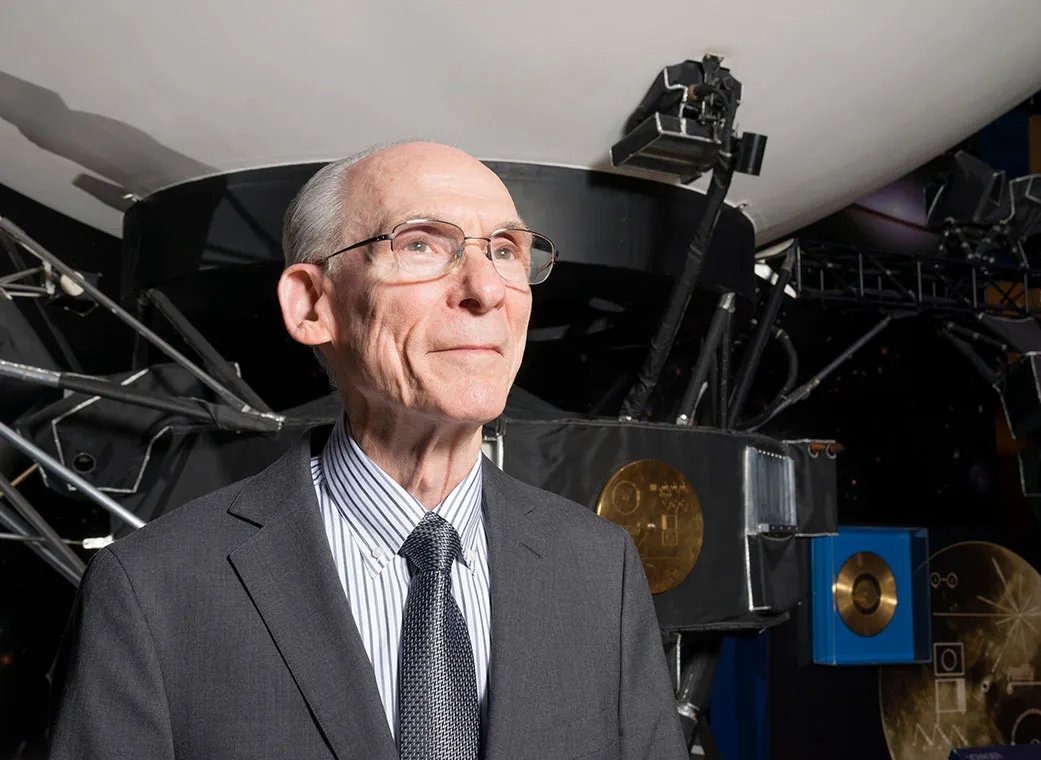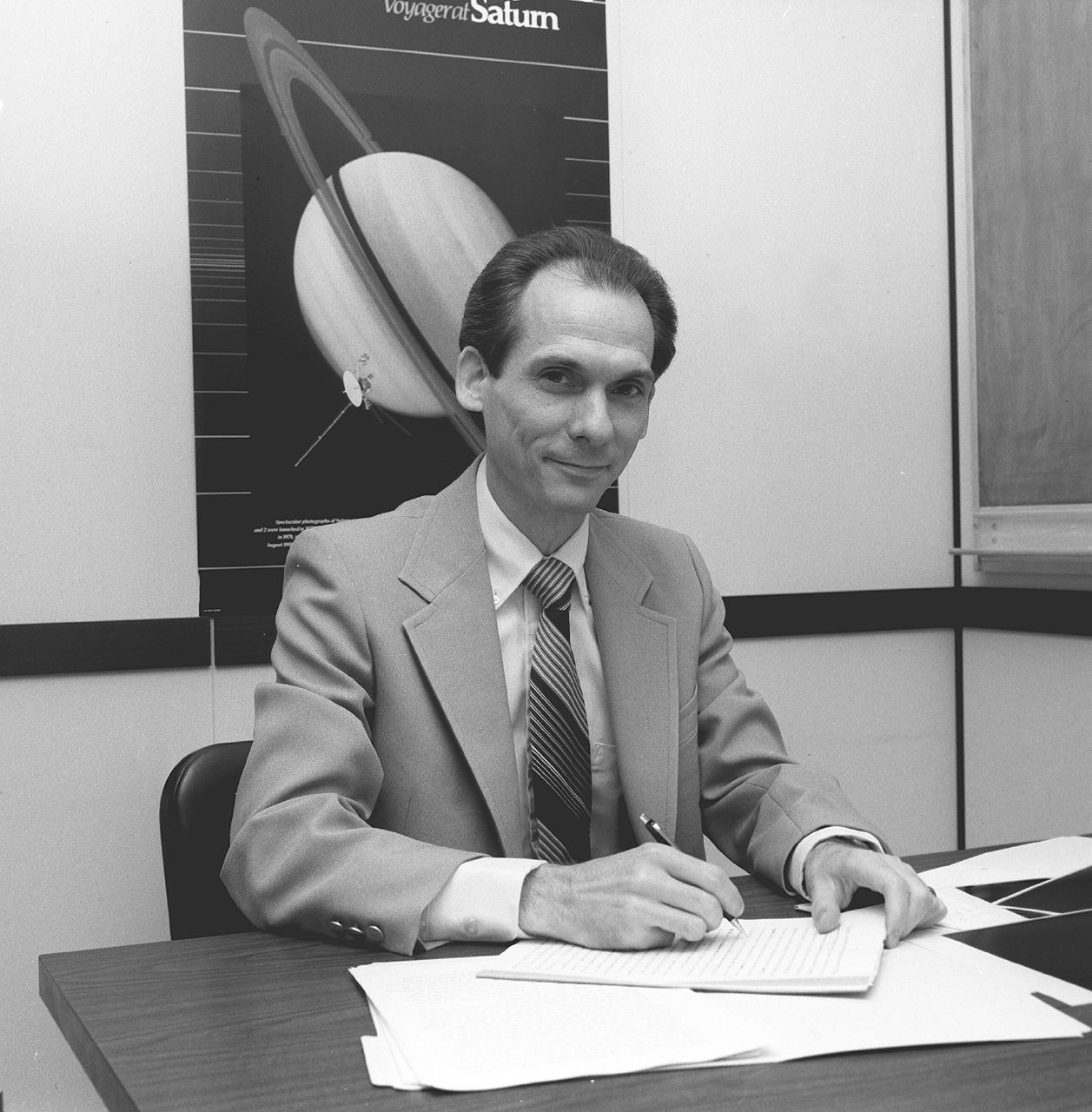Humanity has lost an interstellar pioneer. Ed Stone, scientific director of NASA’s Voyager mission from 1972 to 2022, died on June 9, at the age of 88.

“Ed Stone was a trailblazer who dared mighty things in space. He was a dear friend to all who knew him, and a cherished mentor to me personally. Ed took humanity on a planetary tour of our solar system and beyond, sending NASA where no spacecraft had gone before,” said Nicola Fox, deputy administrator of NASA’s Science Mission Directorate.
In 1977, Voyager launched two probes to explore the giant planets of the Solar System. These instruments discovered intense volcanism on Jupiter’s moon Io, the rings and ten new moons of Uranus, and more. In 2012, Voyager-1 was the first to go beyond the heliosphere, reaching interstellar space, and was joined by Voyager-2 in 2018. Both vehicles are still working, exploring the space between our star and its neighbors. Voyager-1 is now more than 24 billion kilometers from Earth, and Voyager-2 is about 21 billion kilometers away.
Stone was born on January 23, 1936, in Knoxville, Iowa. His father, a construction manager, taught him how to take things apart and put things back together, which sparked Ed’s interest in science. While studying physics in college, Stone went to graduate school at the University of Chicago, where he helped build scientific instruments for spacecraft. His first instrument was aboard the spy satellite Discovery-36, launched in 1961. This instrument helped scientists understand the nature of solar radiation and the Van Allen radiation belts.
In 1964, Stone became a doctoral student at the California Institute of Technology (Caltech) and soon began working on NASA missions. Over the years, he was principal investigator or scientific instrument lead on nine of the agency’s missions, and co-investigator on five others. Stone also headed the Jet Propulsion Laboratory (JPL) from 1991 to 2001, when major milestones were achieved, such as the landing of the Mars rover, Sojourner, of the Pathfinder mission in 1996 and the launch of the Cassini-Huygens mission to Saturn in 1997.

Stone’s colleagues noted his dedication to science education and communication. He always tried to help communicate scientific advances accurately and interestingly. Ed’s discoveries have stimulated exploration of previously unknown corners of our Solar System and will inspire future generations to reach new frontiers. He will forever be remembered by NASA, JPL, Caltech and other communities, and his outstanding Voyager vehicles will travel through interstellar space for millions of years.
Earlier we reported on how the author of the most famous space photo in history died in a plane crash.
According to jpl.nasa.gov


